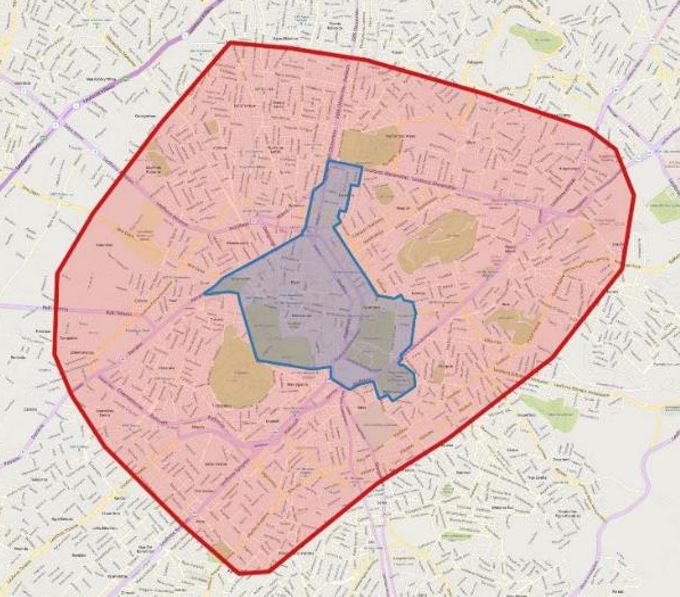
Within the framework of the new Sustainable Urban Mobility Plan of the City of Athens, a series of novel traffic and parking arrangements for the center of Athens were examined, with the objective of promoting public transport and active travel modes, in order to achieve safe, green and efficient transport for all. This paper presents the evaluation of the pilot implementation of Athens Great Walk, from June 13th to October 25th 2020. On that purpose, a series of vehicle and pedestrian traffic data were collected both for the period before and after the pilot implementation. In particular, data on private vehicle travel times, traffic volumes and modal split were analyzed. The analysis showed that the interventions lead to decreased use of private cars, in favor of taxis and powered two wheelers, improved level of service for surface public transport, increase in the amount of travel with active modes (walking, cycling), reduction of travel speeds with positive impact on road safety and a non negligible reduction in noise and air pollution. The pilot implementation also showed that the forecasts made by the simulation model of NTUA were largely verified and traffic adapted relatively quickly to the new conditions.
| ID | pc403 |
| Presentation | |
| Full Text | |
| Tags | field surveys, impact assessment, statistical modelling, traffic management, urban mobility |













